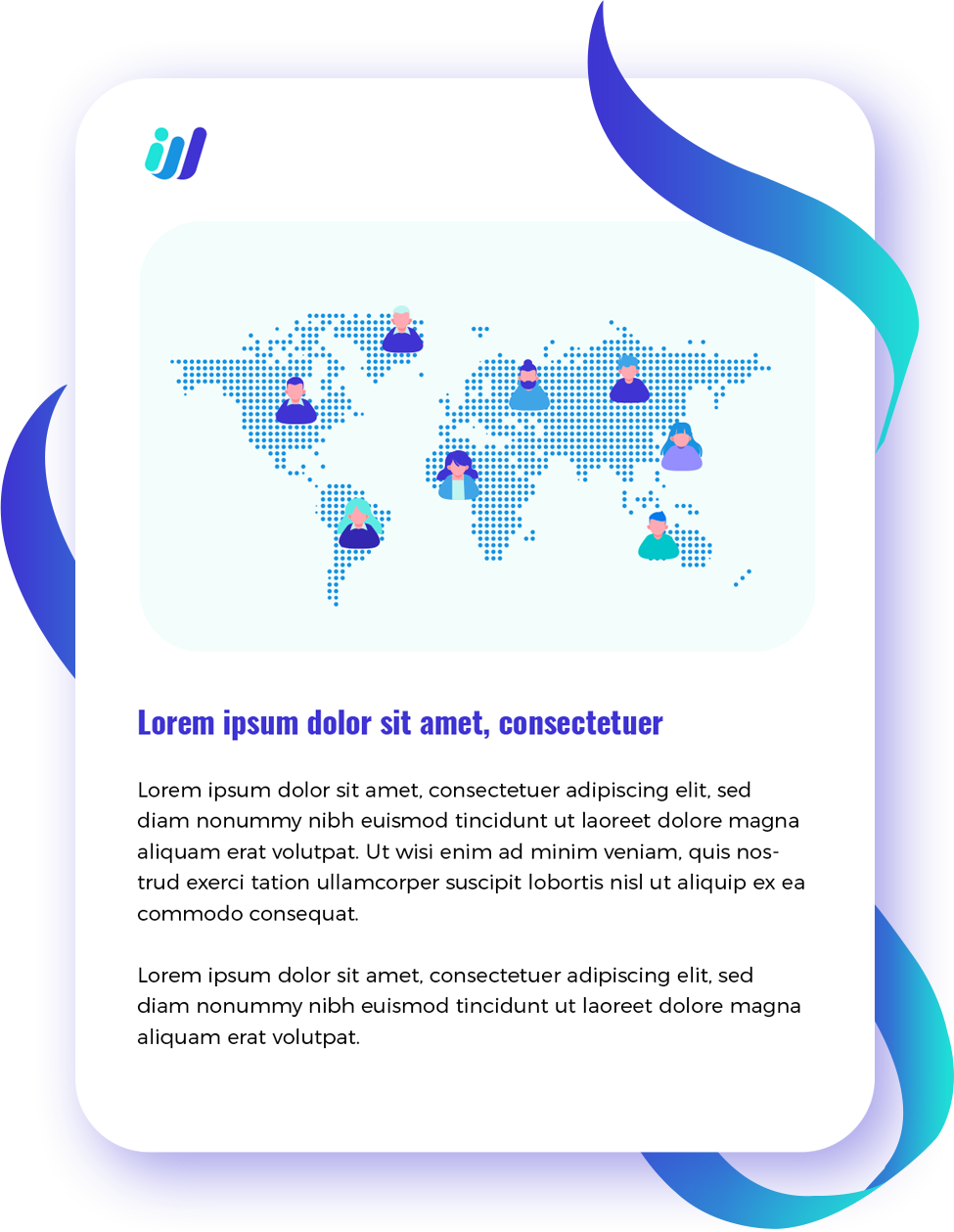The $8.5 Trillion Problem No Business Can Afford to Ignore
Let’s start with the uncomfortable truth: by 2030, the world could be short over 85 million skilled professionals. That’s not a typo. We’re talking about a talent gap so massive it could drain $8.5 trillion from the global economy every single year—making the global talent imperative impossible to ignore.
If you think this is just an HR issue, you’re missing the bigger picture. This isn’t about recruiting headaches or a few open seats—it’s about survival. Talent is now the engine of innovation, the currency of growth, and the single most important factor determining whether a business thrives or fades into irrelevance.
For years, companies tried to patch this problem with the same playbooks: offshoring to save costs, centralizing operations in headquarters, and moving people around the world on expat assignments. Those strategies had their moment, but the game has changed. Technology, demographics, and employee expectations have rewritten the rules.
The result? We’ve entered what I call The Third Wave of global talent—an era where agility, borderless hiring, and technology-driven workforce strategies aren’t “nice-to-have” experiments. They’re the price of admission.
How We Got Here: The Three Waves of Global Talent
Wave 1: Offshoring and Outsourcing
Think back to the 90s and early 2000s. The mandate was simple: cut costs. Outsourcing non-core functions to third parties or moving operations offshore to lower-cost countries became the go-to move. It worked—for a while.
The problem? It treated talent as a commodity. It optimized for efficiency, not innovation. Cultural misalignment, quality control issues, and a disconnect from core strategy made it a blunt instrument in a world that was quickly becoming more complex.
Wave 2: Integrated Global Talent Management (GTM)
By the mid-2000s, companies realized that people weren’t just “resources.” They were competitive advantage. Enter GTM—strategic workforce planning, leadership development, and global mobility programs. HR became a business partner, not just an admin department.
But even GTM had limits. It was built for a world of offices, expat packages, and clearly defined markets. It wasn’t designed for a digital-first, remote-everywhere, skills-shortage reality.
Wave 3: The Global Talent Imperative
This is where we are now. The Third Wave doesn’t just ask, “Who should do the work and where?” It asks, “How do we design an organization for a borderless, always-on, innovation-driven world?”
It’s powered by four pillars:
- Technology as the Central Nervous System – AI, automation, and real-time skills intelligence aren’t tools; they’re the infrastructure.
- A Borderless Workforce – Remote-first hiring means finding the best person, anywhere, without a 30-mile hiring radius.
- Skills Over Credentials – What you can do matters more than where you studied or what your last job title was.
- A Human-Centric Mandate – Flexible work, equity, and holistic well-being as non-negotiables.
Why This Matters Right Now
Here’s the hard reality: every month you delay adopting a Third Wave strategy, your competitors widen the gap. They’re tapping into global talent pools while you’re still fishing in your local pond. They’re leveraging AI to fill skill gaps while you’re struggling through resume piles.
And the ROI isn’t abstract:
- Faster Innovation – Diverse, distributed teams solve problems differently—and faster.
- Market Agility – Agile, cross-functional teams adapt in days, not months.
- 24/7 Productivity – Time-zone coverage means your business never sleeps.
- Smarter Costs – Reduced overhead, lower turnover, and better allocation of capital.
The Playbook: How to Lead in the Third Wave
- Anchor Talent Strategy to Business Goals – Know exactly why you’re hiring globally: market entry? Scaling faster? Filling niche skills?
- Audit Your Skills Gap – Let data, not assumptions, dictate where to recruit.
- Adopt an EOR Model – Employer of Record platforms make global hiring compliant, fast, and low-risk.
- Build for Remote-First Success – Asynchronous communication, intentional culture-building, and hiring for self-motivation are musts.
- Redefine Compensation – Balance global consistency with local competitiveness.
The Bottom Line
The Third Wave is not a trend—it’s the operating model of the future. Leaders who embrace it will outpace their competitors in speed, innovation, and resilience. Those who don’t will find themselves locked out of the talent markets that matter most.
In this new world, the winners will be the companies that stop asking “Can we do this?” and start asking “How fast can we make it happen?”
Because the future of work isn’t coming—it’s already here. And in the Third Wave, hesitation is the most expensive decision you can make.
Ready to dive deeper into how Third Wave Outsourcing can future proof your business strategy? Download our comprehensive ebook to explore the nuances of finding the best talent, building powerful partnerships, and leveraging this global shift for sustained success. The future of outsourcing is here. Are you prepared to embrace it?


